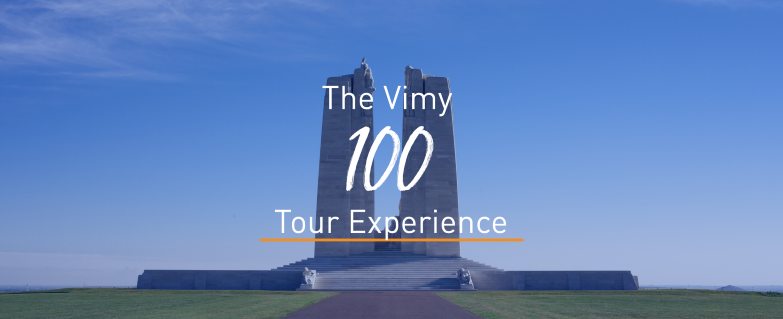The Vimy 100 Tour Experience
In April 1917, the Canadian Corps achieved victory over the Germans in the Battle of Vimy Ridge. Despite the thousands of casualties, it was a courageous move that marked a turning point in Canadian history. 100 years later, thousands of students and educators from all across Canada joined Explorica to participate in the official Veterans Affairs Canada Vimy 100 commemoration in Vimy, France. Explorica has been helping history teachers bring their lessons to life with Canadian history tours since 2005, but the centennial commemoration of Vimy was by far the biggest and most impressive one yet.
In addition to the day-long event, Explorica groups experienced important landmarks commemorating Canadian history across the continent, including the trenches of Passchendaele, the beaches of Normandy, the battlefields of Flanders, and beyond. Get a taste for the Explorica Canada history travel experience from the trip log of Ontario history teacher Tricia S., who retraced the footsteps of WWI and WWII soldiers with her students on a 9-day tour to England, Belgium, and France.
LONDON:
Tricia chose to begin her tour in London, taking in famous sites like Buckingham Palace, Big Ben, the Houses of Parliament, Westminster Abbey, Tower Bridge, Hyde Park, St. Paul’s Cathedral, and more.
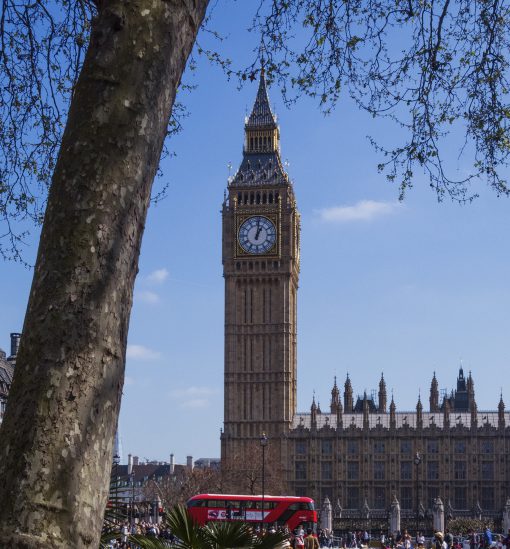
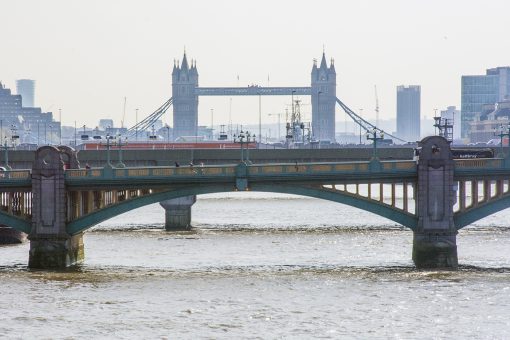
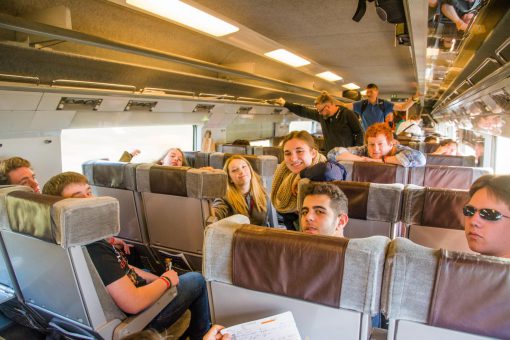
The group continued their journey with a ride on the Eurostar high-speed train, which connects England to France via an underwater tunnel!
FLANDERS:
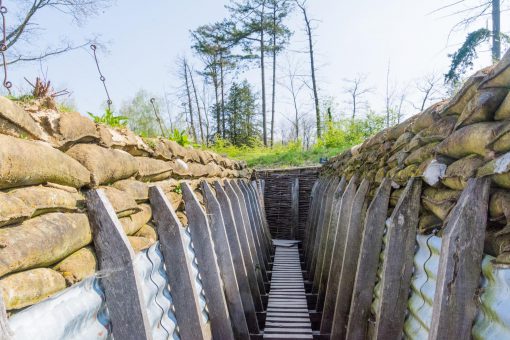
Located in the Flanders region of Belgium, the Passchendaele Canadian Memorial Park is a reminder of the horrors of the 1917 Battle of Passchendaele. Interactive re-enactments gave the students the opportunity to explore the battlefield from the perspective of a soldier by navigating the underground trenches, learning about the weaponry used, and even tasting the soups that were commonly prepared during battle. Group leaders also had the opportunity to meet with teachers travelling with Explorica from across Canada and share their travel experiences.
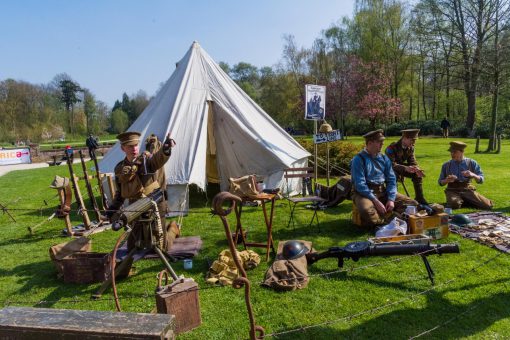
VIMY:
On April 9, everyone came together in Vimy, France to see the famous Canadian War Monument in person. Nearly 12,000 students and teachers stood alongside the RCMP, the Royal Family, Armed Forces personnel, and Canadian and French politicians (including Prime Minister Trudeau) to pay tribute and honour the 100th anniversary of the Battle of Vimy Ridge.
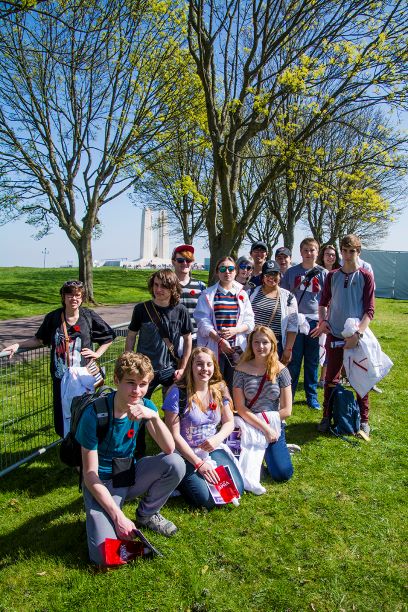

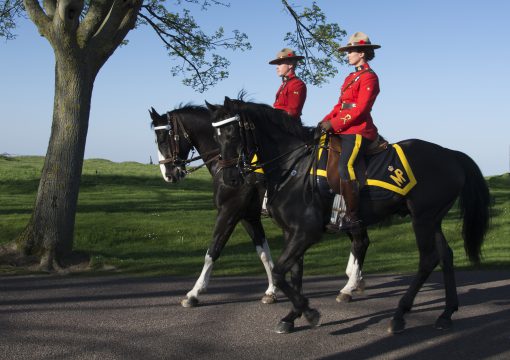
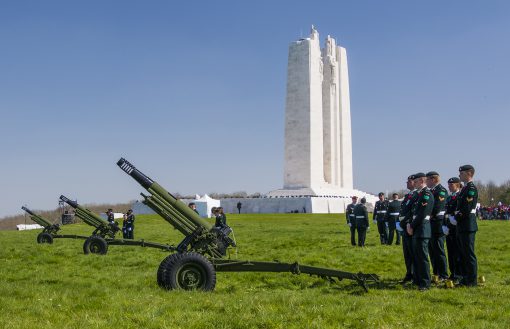
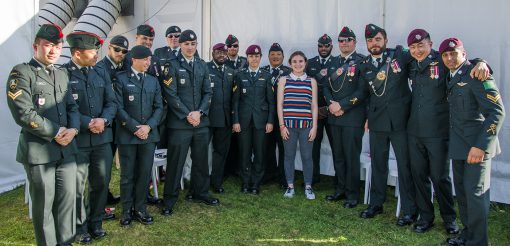
Near Vimy, students visited the tunnels twenty metres below the streets of Arras, where thousands of soldiers hid before a surprise attack on the German front lines on April 9, 1917 during the Battle of Arras. Students had the opportunity to follow the tunnels, which originate at the nearby Wellington Quarry, and learn about the strategy behind them that helped the Allied Forces win the First World War.
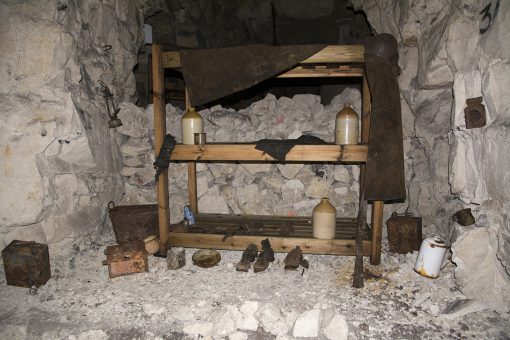
In nearby Ypres, students visited the In Flanders Fields Museum before exploring the picturesque town itself. At 8 p.m., traffic was stopped while buglers from the Ypres Fire Brigade commenced their nightly tradition of playing “Reveille” and “Last Post” in front of Menin Gate to commemorate the almost 55,000 lost or unnamed British Commonwealth soldiers who died nearby. This ceremony has taken place every night since 1929, with the exception of a period during the Second World War. On this particular evening, students observed a special rendition of the already emotional ceremony arranged in honour of the 100th anniversary of the Battle of Vimy Ridge.
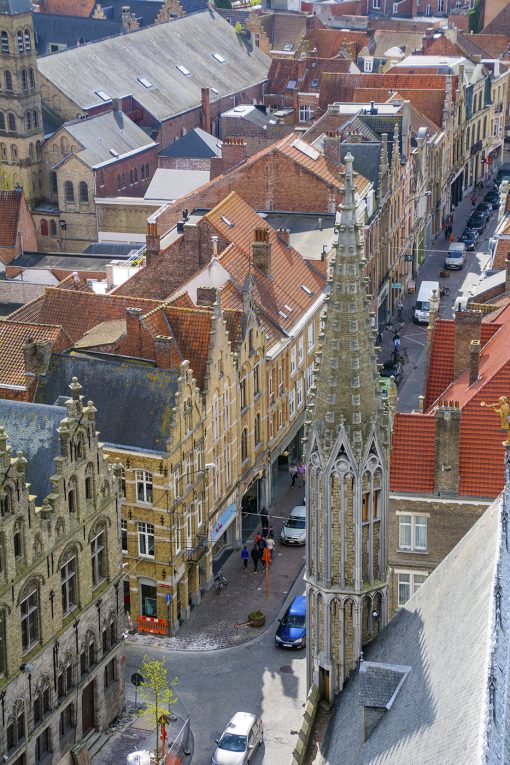
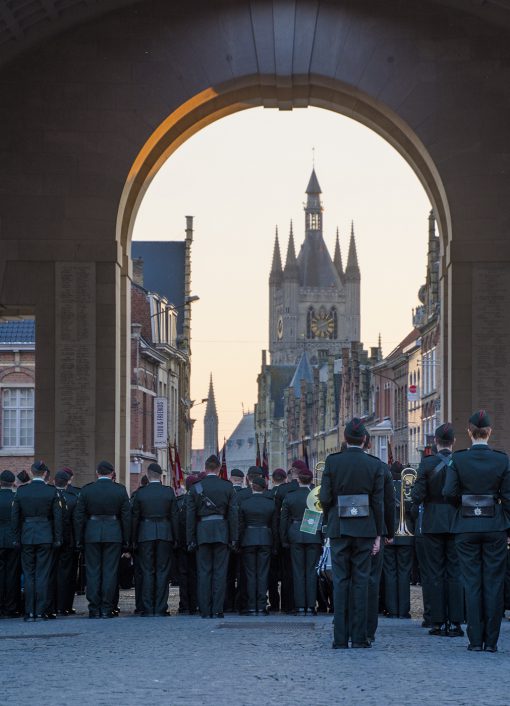
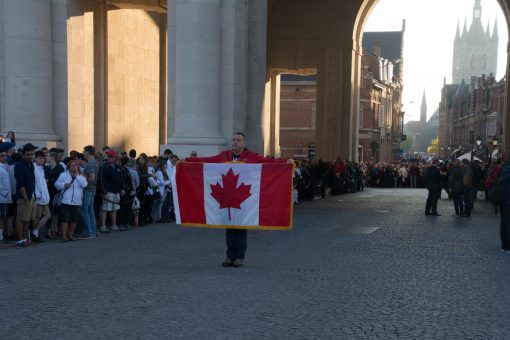
Many group leaders choose to customize their tours by adding on specific destinations. For Tricia’s group, that meant a stop at Beaumont Hotel, where Newfoundland suffered its greatest military loss in history on July 1, 1916 at the beginning of the Battle of Somme. To honour the regiment’s bravery, King George V added “Royal” to the regiment’s name, making it the only regiment in the British Empire to receive such a designation.
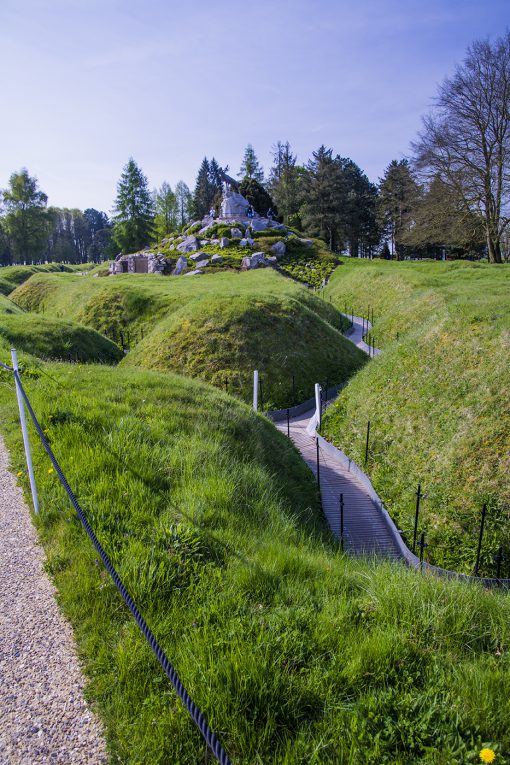
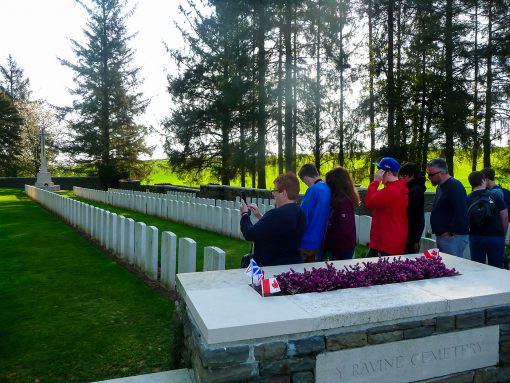
Many of Explorica’s Vimy 100 tours ended in Amsterdam or Berlin, where students had the opportunity to learn about the impact of the Holocaust and Canadian war efforts during WWII, including Canada’s involvement in the liberation of the Netherlands. Tricia chose to end her tour in Paris, where students stepped out of the realm of Canadian history to learn more about French history, art, and culture with stops at the Louvre, the Eiffel Tower, and more. Her students returned to Canada with a completely different perspective on the incredible sacrifice that their ancestors made in order for them to be where they are today.
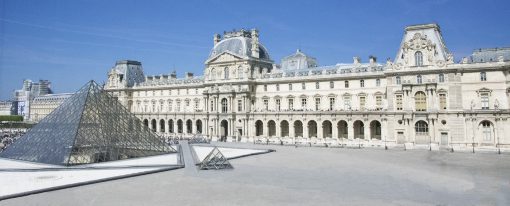
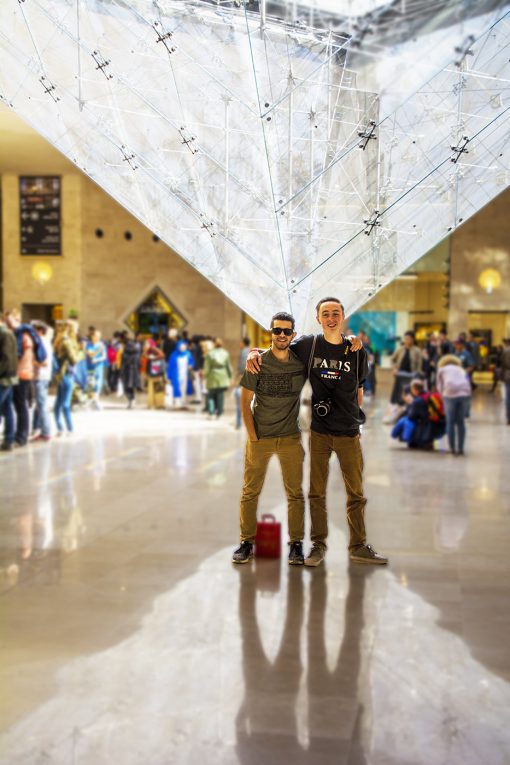
QUOTE FROM HISTORY TOUR DIRECTOR:
By: Stefan A.
“All cemeteries are moving, whether Allied or German, but Essex Farm Cemetery is a particularly powerful landmark for Canadians. It is here where John McCrae buried his friend among many other soldiers and was inspired to write “In Flanders Fields”. Perhaps one of the most poignant war statues ever made, the St. Julien memorial stands solemn and tall. We look up to him but he looks down in eternal meditation.”
“Bringing these chronicles to life in their actual locations is a fulfilling experience for me. It gives the young students a deeper sense of what their ancestors did for freedom. Without their cause, they would definitely be living a different present.”

